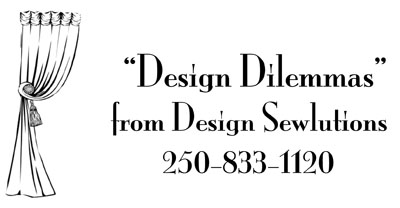Ah, the lure of the magazine stand. I can get into trouble there but I’ve learned to curb my buying and tend to stick to my favorite 4 or 5 ‘shelter magazines’ and I don’t buy them all every month. The only one I have a subscription to now is ‘ House Beautiful’; it has proven to be the one I keep going back to for inspiration and information. This month’s issue is all about blue. Blue is not my favorite color ( it is the favorite color of 42% of people, though) but this is a terrific issue, full of examples of mixing textures and prints, of how to use color as accent and how to make totally different statements using the same color. It also covers all decorating styles, from modern to traditional and everything in between.
I was standing in line at the grocery store the other day and picked up an issue of ‘freshHome’. Its part of the Readers Digest family and I had never seen it before. What a surprise it turned out to be. Practical advice, lots of very well explained how-to’s and is really targeted to the average home owner. I think I’ll subscribe to this one too.
When I was teaching Interior Decorating I used Architectural Digest more than any other. I was told that they do not stage rooms; for the most part they photograph ‘as is’.
I like that.
When I look at a magazine for the first time, I often just flip through it quickly to get a sense of how much of it is information and how much of it is advertising. While I like to know what is in the marketplace (a function of advertising) I think that buying a magazine that is mostly ads is like wearing a T-shirt with the designers name on it. Who is paying who?
I have some Architectural Digests and House Beautifuls that are several years old but I don’t keep any others past one year. If there is something in a magazine that I really want to keep, I tear it out and keep it in my inspiration folder. We all have enough paper in our lives anyway.
I’m thrilled that my article on Magnetic Roman Blinds was published in an international trade magazine this month. I’m working on getting it onto my website Designsewlutions.ca
